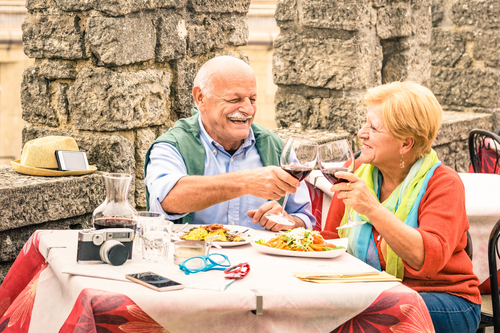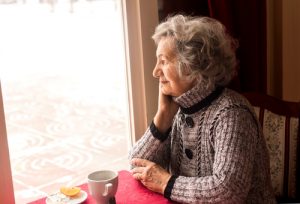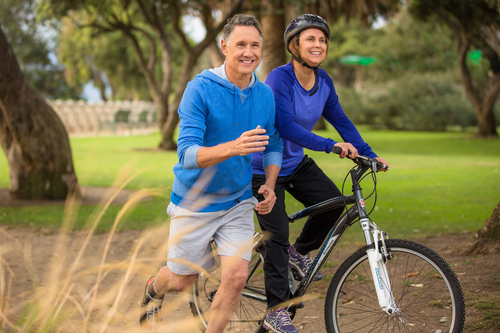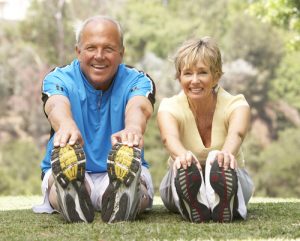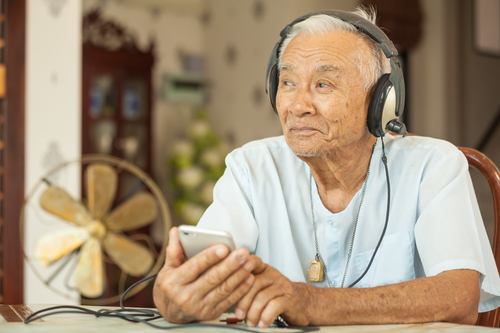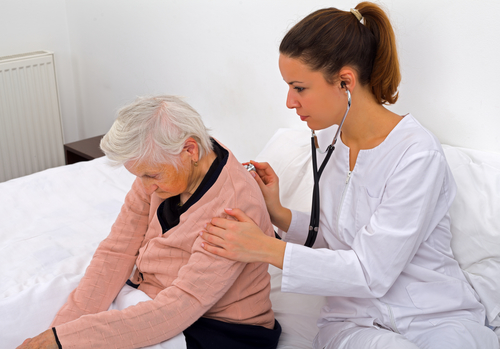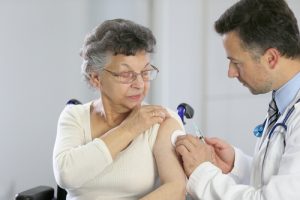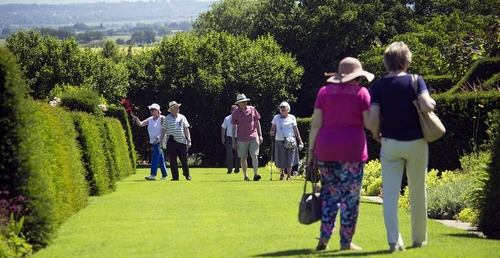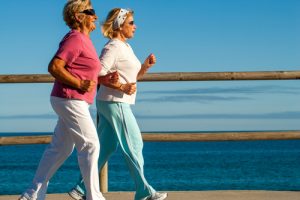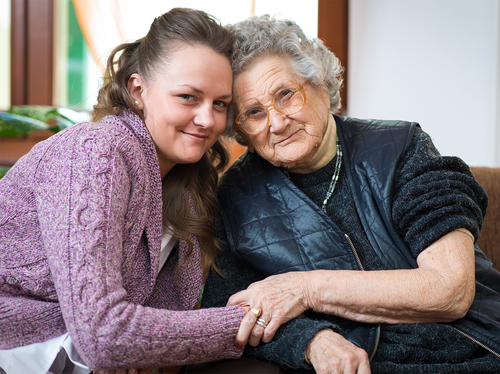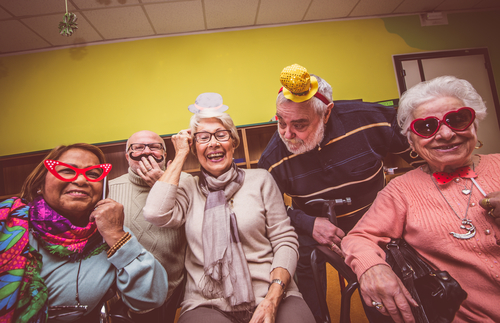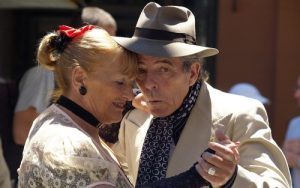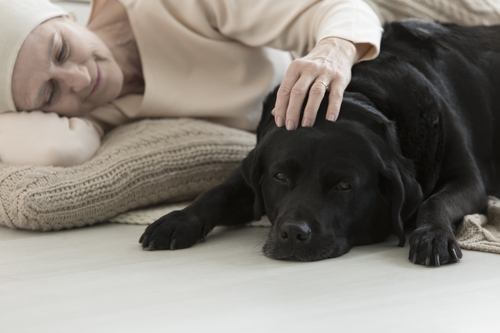
Hong Kong is facing a large problem with it’s elderly. “Cardboard Grannies,” which are older women collecting things like cardboard, soda cans, and other recyclables, are popping up more and more. This is the most visible indicator of the city’s struggle to support their seniors. The fact that Hong Kong’s elderly are collecting scrap to get by.

The Problem
The city has the longest life expectancy in the world. On average, men in Hong Kong live for 81.3 years and women 87.3 years.
Instead of boasting about the health of its citizens, the city is too busy trying to help them. One third of the elderly population lives in poverty. Official figures from 2016 say that 478,400 people 65 and over are under the poverty line.
It’s extra embarrassing because Hong Kong is one of the richest cities in the world. Public funds to help Hong Kong’s elderly are considered a pittance. It’s not enough for people to live off of.
Supporting this aging population is growing into a bigger concern each day. It’s guessed that the number of people that are 65 and older will reach 2.37 million in 2036, equalling about a third of the city’s population.
Hong Kong’s Elderly Collecting Scrap
Many older women are collecting scrap to earn money. There are around a thousand of these “cardboard grannies” who collect and sell boxes and other stuff across 9 of the poorest districts in the city.
This is upsetting because they feel that they have to do this to survive, but they could also get in trouble. They could be prosecuted for obstructing public space or unlicensed hawking.
Wanting to Be Recognized
Many of these “cardboard grannies” actually like what they do. They like that it gives them something to do and makes them feel useful. They and other community workers are trying to get what the “cardboard grannies” do recognized as official work in the recycling industry.
This way they can receive benefits, better protecting, and a working environment where they don’t have to live in fear of getting their cardboard confiscated or get arrested.
Read more here.


